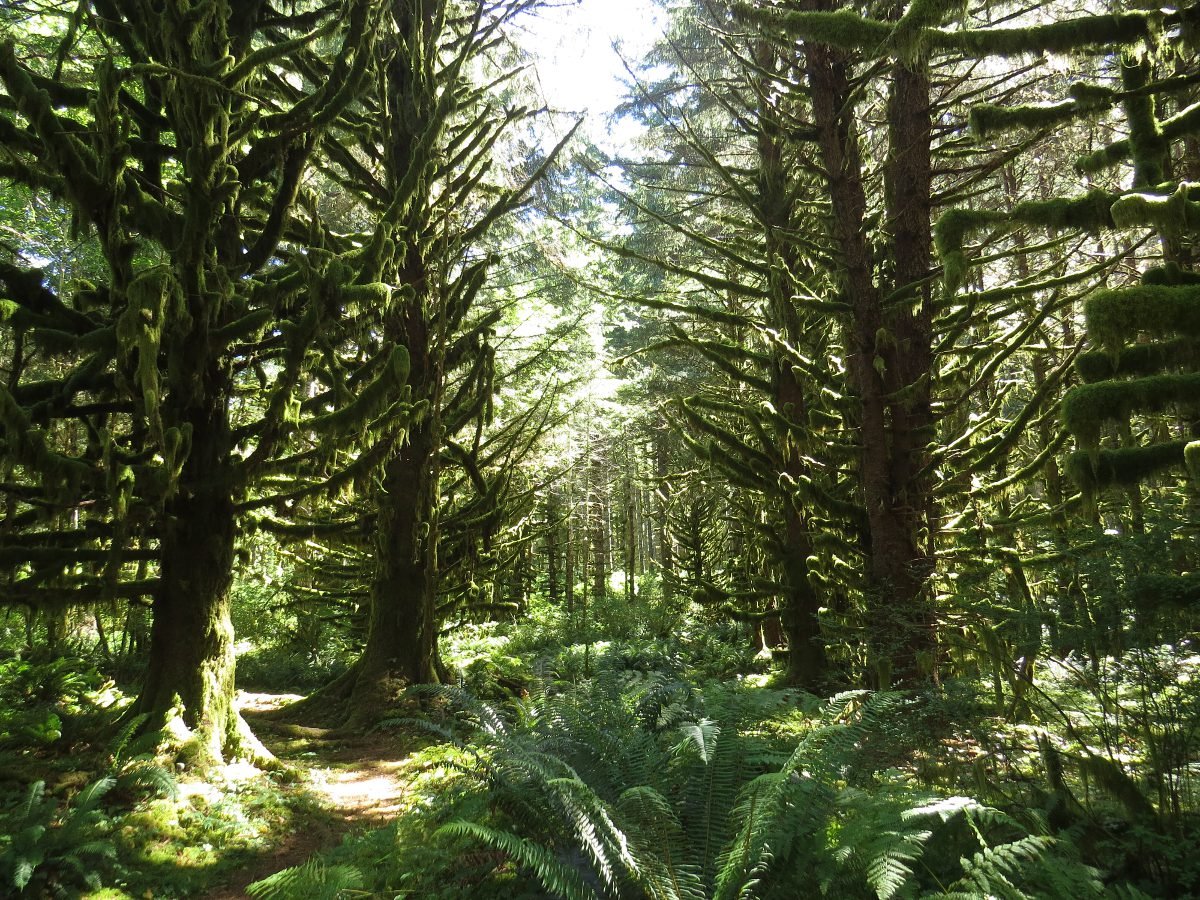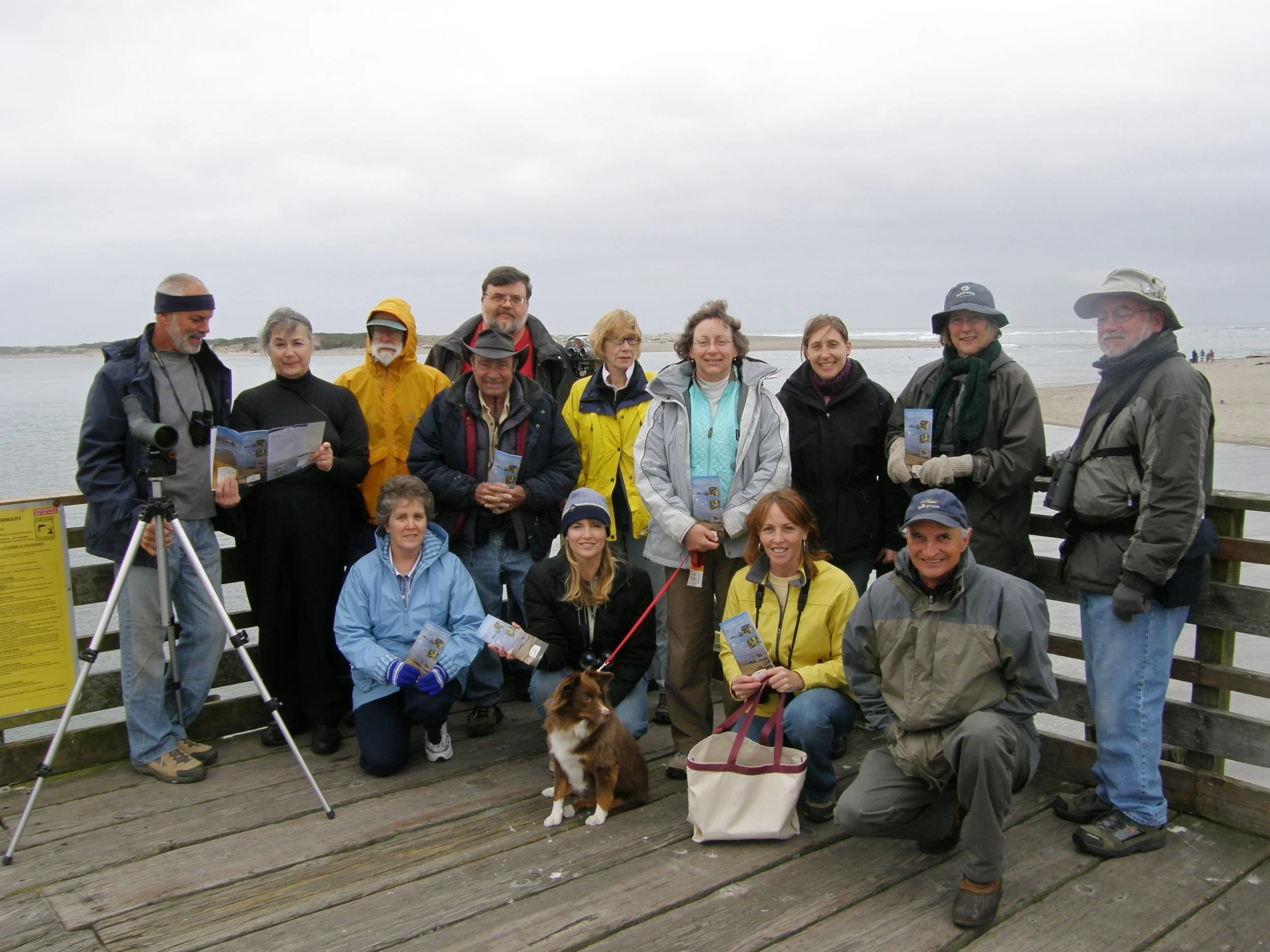
Forests and Water
About Our Forests
Oregon’s forests provide vital habitat for rich biodiversity, protect freshwater resources, and help us in the fight against climate change.
Industrial timber practices degrade watersheds, destroy habitat, adversely affect wildlife, and enslave rural communities. Oregon needs to modernize, shift to more sustainable forest practices, and address decades of social injustices in rural communities.
What we are doing
We have fought tirelessly for more than 4 years to promote better forest management that prioritizes wildlife habitat, clean water, carbon sequestration and recreation on our state lands. We have been consistently advocating for:
The Private Forest Accord, which includes a Habitat Conservation Plan (HCP) for industrial tree plantations that expands protections for riparian areas along our watersheds, curtails logging on the steepest slopes prone to landslides, and shores up requirements that sediments be kept out of streams
An ownership agreement and HCP for the Elliott State Research Forest so that it
would be managed by a technical advisory committee of the Oregon Department of
State Lands to ensure forest practices attend to the latest scientific researchAn HCP and Forest Management Plan for the state forests of western Oregon that would protect the habitats of seven endangered species while ensuring timber harvest and revenue continue into the future
A Climate Change and Carbon Plan which seeks to make Oregon a national leader in climate-smart forestry, produced by the Oregon Department of Forestry under the direction of the Board of Forestry
What’s next?
This fall, the National Forest Service will propose amendments to the historic 1994 Northwest Forest Plan (NWFP). President Biden wants to amend the NWFP with these goals in mind: 1) improve fire resistance and resilience; 2) strengthen forest capacity to deal with climate change; 3) improve mature and old-growth forest conditions; 4) incorporate Indigenous knowledge into planning and project design; and 5) provide a supply of timber and non-timber products.
These are positive goals, intended to build upon the success of the 1994 NWFP which helped protect habitat for birds and endangered salmon by conserving old-growth forests and restoring watersheds across the Pacific Northwest, including the Siuslaw National Forest here on the coast. But we can’t let down our guard. We must be ready to respond to any amendment that might, for example, lead to the cutting of mature trees in the guise of improving fire resistance.
The process will be fast-paced once the draft amendment document is released. We will review it and ask you to take action as needed. We also plan to “get on the ground” in the Siuslaw to see for ourselves what a mature forest looks like and why it’s worth protecting.
Learn more about the Siuslaw National Forest
Learn more about the Northwest Forest Plan
Get involved!
Be a voice for Oregon’s wildlife, especially threatened and endangered species, those listed by federal and/or state agencies and those about to become listed
Stand up and speak out for greater protections for all watersheds of Western Oregon.
Speak up for rural communities and against social and environmental injustices. Advocate strongly at the state level for radical changes in funding for the Oregon Department of Forestry, rural counties, and local taxing districts that are held hostage to an antiquated funding system.
Take action now by contacting your elected officials at state and county levels. Tell them that you support:
Balanced management of our public lands
A Northwest Forest Plan that protects old-growth and mature forests for the health and future of our waters, wildlife, and climate
Efforts to develop a new business model for the Department of Forestry that decouples timber revenue from counties and local taxing districts while keeping them whole financially
Strong Habitat Conservation Plans for private forests, state forests, and the Elliott State Research Forest


